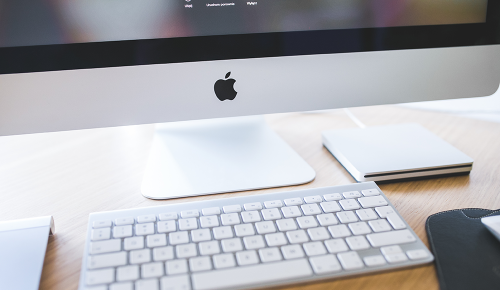Why Millennials Want Better HR Software – and So Should You

Look around your office. If most of your workers aren’t millennials, they will be soon.
Millennials already constitute a plurality of the labor force. By 2020, they’ll represent more than 1 in 3 adult Americans, and by 2025, they’ll comprise 75 percent of the U.S. workforce.
How can your company prepare for the millennials marching in? Like it or not, these digital natives work differently than their predecessors did. They don’t just want modern technology in the workplace, they expect it.
The best place to start? With technology every employee uses: HR software.
It’s About More Than Millennials
Fortunately, better HR software won’t just make your millennial employees happy. It can also boost recruiting, improve employee retention, and cut HR costs.
User-friendly software can keep information from getting lost, prevent internal miscommunications, and shorten the average time-to-hire. Better communication facilitated by such software reduces the risk of hiring the wrong person, which is itself a very costly mistake.
Once an employee is hired, smarter HR software can also ensure they’re paid fairly. By some estimates, manually processing payroll leads to an average overpayment of 10 minutes’ worth of wages per employee per day.
Better HR software is more than a matter of money and convenience. Too many companies fail to protect employees’ personal information. In fact, a U.K. Department of Culture, Media, and Sport report from April of this year found that close to half of U.K. businesses had been hit by cyberattacks in the previous 12 months. Relying on outdated HR systems puts employee information, company secrets, and customer data in reach of digital thieves.
Ready for Smarter HR Software?
Whether you’re starting from scratch or customizing a pre-built suite, smarter HR software is a no-brainer. Take these four steps to craft the right solution for your company:
1. Integrate Systems Into a Single Interface
Nobody wants to wrangle 12 sets of user credentials. It’s a recipe for poor adoption, confusion, and steep IT support costs.
When it comes to software, integration is everything. Be sure your system has open APIs, which allow connected systems to communicate. The user experience should be seamless, no matter how many technologies are bundled together. Absent the appropriate APIs, a single sign-on solution can allow users to input credentials once and receive authentication for all associated systems.

Sure, your software’s user interface may be centralized, but is its information centralized as well? Systems that encourage users to store data in third-party spreadsheets or emails might seem easy at first, but they’re a long-term threat. What happens when your company is audited but John’s all-important spreadsheets left the company with him? Hunting down documents every time you need them wastes time and money.
3. Include Self-Service Video Tutorials
When was the last time that you found a program’s self-help features, well, helpful? It’s probably been a while. In business, this results in employees calling the HR team to ask simple questions that they probably could’ve handled for themselves. Employees end up frustrated, and HR is left to field the fallout.
In this case, the fix is simple: Rather than write extensive self-help FAQs, demonstrate specific functionalities via video lessons. Every form should be accompanied by a hyperlink users can click for a helpful video. Wouldn’t you rather watch a quick guide than resort to calling HR? So would most of your workers.
4. Streamline Authentication
At Innovative Employee Solutions, we use a timekeeping software that employs two-factor authentication to improve security. Every week, we get multiple calls – often from older employees – asking to manually unlock their accounts. As you might expect, it’s frustrating for everyone involved.
Always-on two-factor authentication is a great way to safeguard data, but it’s not the easiest way. Find a system that can authenticate users on specific devices and bypass input credentials for successive logins. Further authentication can be required for specific actions. For example, if a user attempts to change their birthdate, the system can send a code to their cellphone. Only once the user enters the code can they make the change.
–
It’s easy to push new software needs to the back of your brain. After all, we’re creatures of habit, reluctant to trade old techniques for new technologies. But what about millennials, the digitally native generation that will soon dominate your workplace?
Well, they get it half-right. Yes, you need new HR software, but not because it’s slowing them down – because it’s slowing your company down.
Peter Limone is the president and CFO of Innovative Employee Solutions, a nationwide employer of record that specializes in human relations and payroll services.

